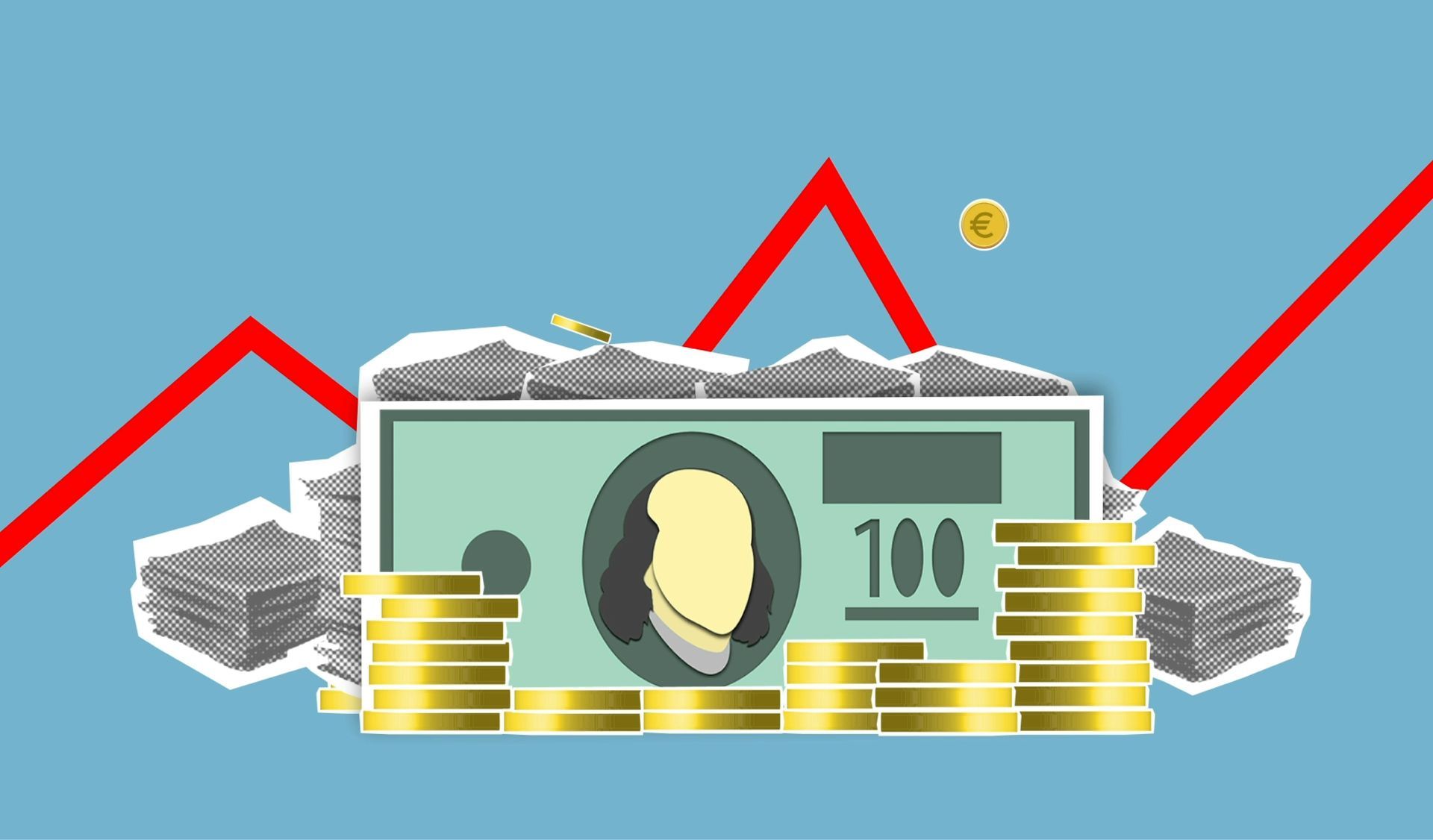What Moves Financial Markets?

Almost one hundred years ago, Benjamin Graham and David L. Dodd wrote, “the market is a voting machine, whereon countless individuals register choices which are the product partly of reason and partly of emotion.” Today, the same holds true. Stock prices are influenced by many factors. Here are three examples:
1. Market trends. Last year, companies with strong momentum characteristics—meaning their prices were trending higher—generally did well. “The main rationale behind momentum investing is that once a trend is well-established, it is likely to continue,” reported the Corporate Finance Institute.
The idea may seem contrary to the primary rule of investing, sell high and buy low, but the approach is backed by academic research. It “captures the tendency for market trends to persist for a while, whether it’s because more investors are jumping in or are late to absorb new information,” reported Justina Lee of Bloomberg. As one researcher told Lee, “Momentum investing is great until it’s not.”
2. Investor sentiment. Emotion plays a significant role in stock market volatility. For example, last week, we saw a relief rally. Asian stocks rose and the Standard & Poor’s (S&P) 500 Index hit a new high because the news was less bad than investors had expected. Isabelle Lee, Lu Wang, and Phil Serafino of Bloomberg explained:
“Despite the protectionist threats of the campaign trail, Trump held off on imposing levies on key trading partners this week, and just last night delivered his most mollifying message yet to China by saying that he would rather not have to use tariffs against the world’s second-biggest economy. Cue a relief rally across markets.”
3. Company fundamentals. Graham and Dodd recommended fundamental analysis to identify stocks with good value. Investors who rely on fundamental analysis study companies’ financial statements, and consider assets and liabilities, revenue and expenses, earnings and cash flow, and other factors. Then they do some math to evaluate the company’s value using various measures like the price-to-earnings ratio. In theory, a company with a low share price relative to its earnings is a good value.
No one knows how markets will perform over the short term. That’s one reason it’s important to hold a diversified portfolio. Owning investments that perform differently in various market conditions helps manage investment risk and may smooth returns over time.
Last week, major U.S. stock indices rose. The S&P 500 moved higher over the week, the Dow Jones Industrial Average gained 2.2 percent, and the Nasdaq Composite rose 1.7 percent, reported Paul R. LaMonica of Barron’s. Yields on U.S. Treasuries were relatively steady.










